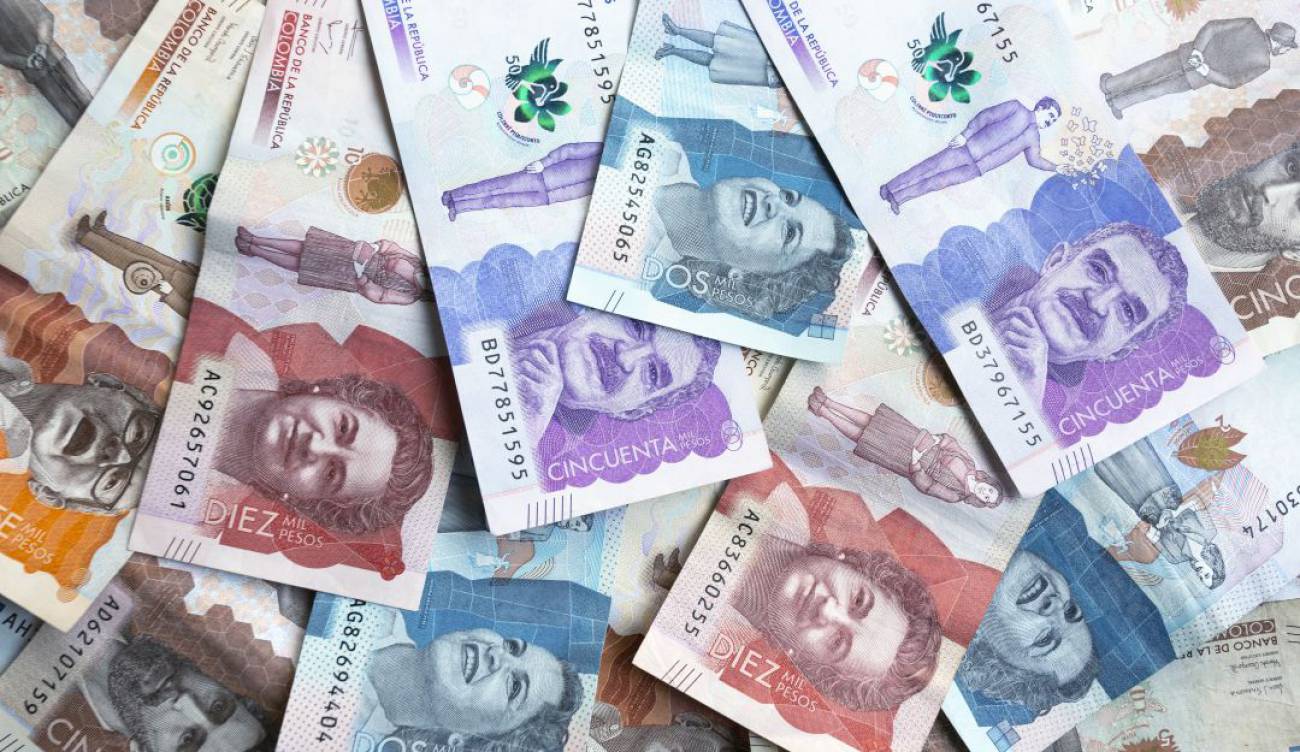Prices continue to rise in Colombia, and inflation reflects this. In September, the indicator would have reached a new record, averaging 11.24% annually, according to a Citi survey of several market analysts.
For context, it should not be forgotten that August inflation was 10.84% annualized, a figure not seen since 1999.
However, exceeding 11% in September would break a new historical high, also 22 years ago, not seen since March 1999, when inflation was 13.51% annualized. The official data for September will be released this Wednesday morning.

WHAT IS DRIVING PRICES?
According to Laura Parra, an analyst at Corficolombiana, “although inflation would be driven by food and services, the pressures would again be transversal. This month’s main determinants would be food prices, rents, restaurants, vehicles, and primary and secondary education”.
“So far, Sipsa information shows that the highest contributions come from chicken, rice, bread, fresh fruits, bananas,” says Parra adding that the reason for the increase in food prices could be framed in the weather and production costs such as concentrate.
According to Jackeline Piraján, an economist at Scotiabank, the main reason for the inflationary rebound is the price of food and costs associated with home maintenance, rent, and utilities.
“Likewise, we expect to see a higher contribution from the education category with the start of the new academic calendar”.
WHEN WILL INFLATION TAKE A BREATHER?
According to Parra, from Corficolombiana, “the increase in annual inflation would end in October, a month in which we have been anticipating the maximum of this cycle for some time.
“We believe that as of November, it would begin a gradual reduction process, given a greater statistical base and the moderation of food inflation and some public services”.
For Piraján, “Scotiabank Colpatria’s projections foresee that the peak of inflation will be experienced in the last quarter of 2022 and that it will be between 11.5% and 12%.
Looking ahead to next year, inflation is expected to begin to ease, although on average it would remain above 8% in the year’s first half”.
According to the Scotiabank expert, this depends on international conditions continuing to normalize and logistics chains continuing to improve, in addition to a more moderate demand that responds to the increase in interest rates by the Central Bank.
For his part, Juan David Ballén, director of analysis and strategy at Casa de Bolsa, commented that “inflation will remain high for at least another year because of the increase in the minimum wage, indexation, devaluation of the exchange rate, and the increase in fuel prices may keep prices high.
“High inflation is outside the target range of the Bank of the Republic (2% – 4%) and possibly in double digits”.
With information from Bloomberg

